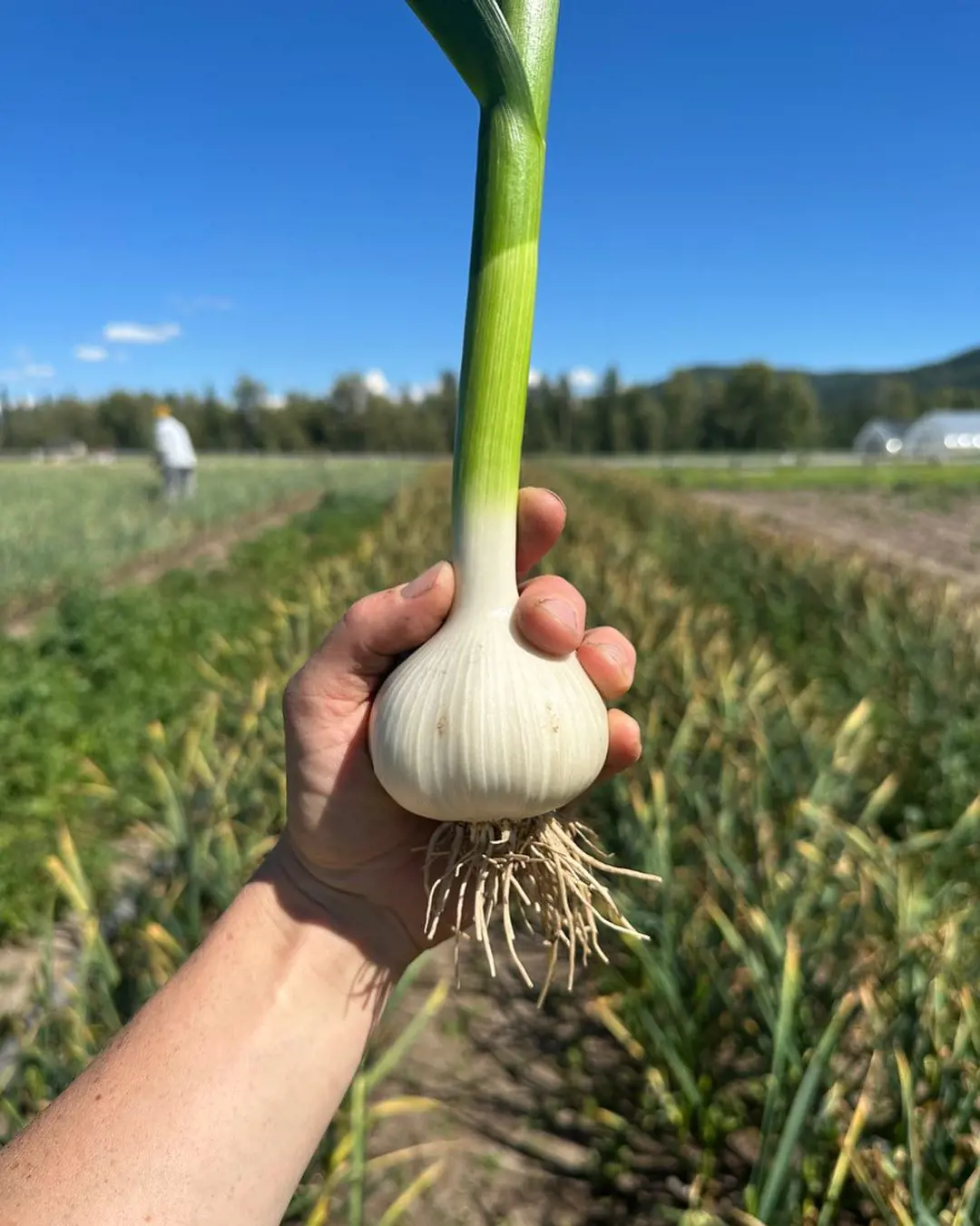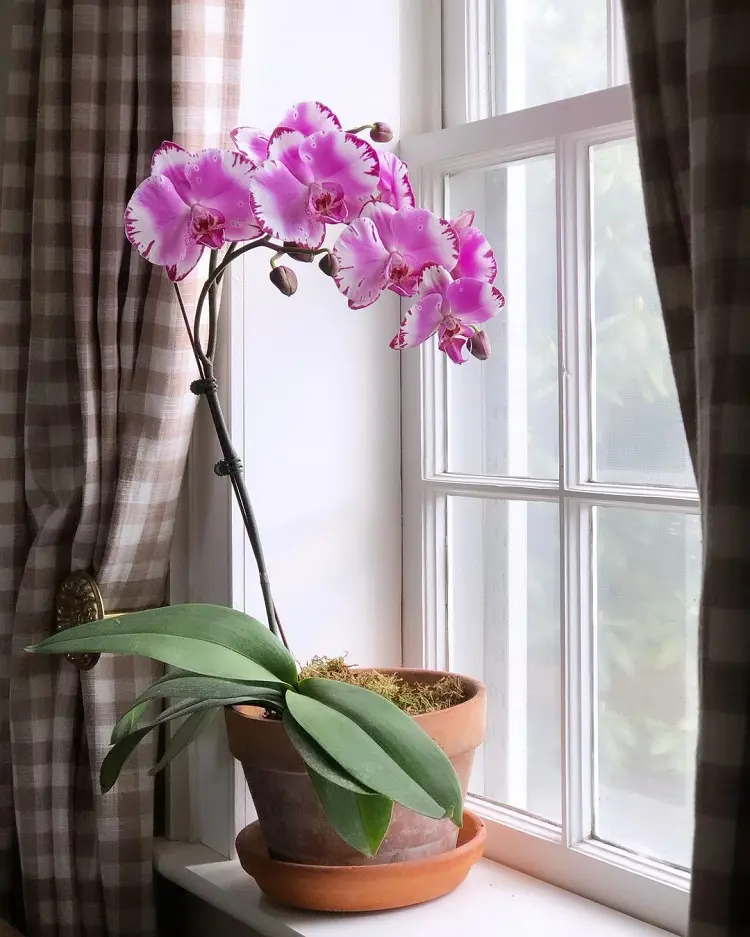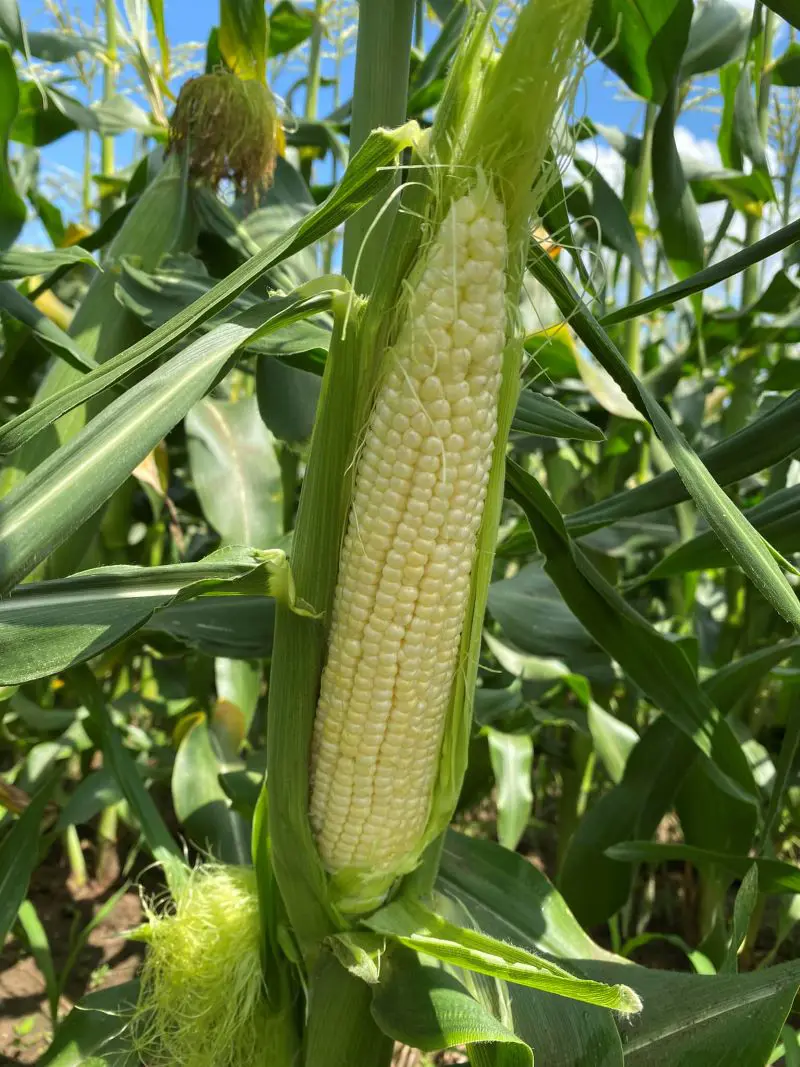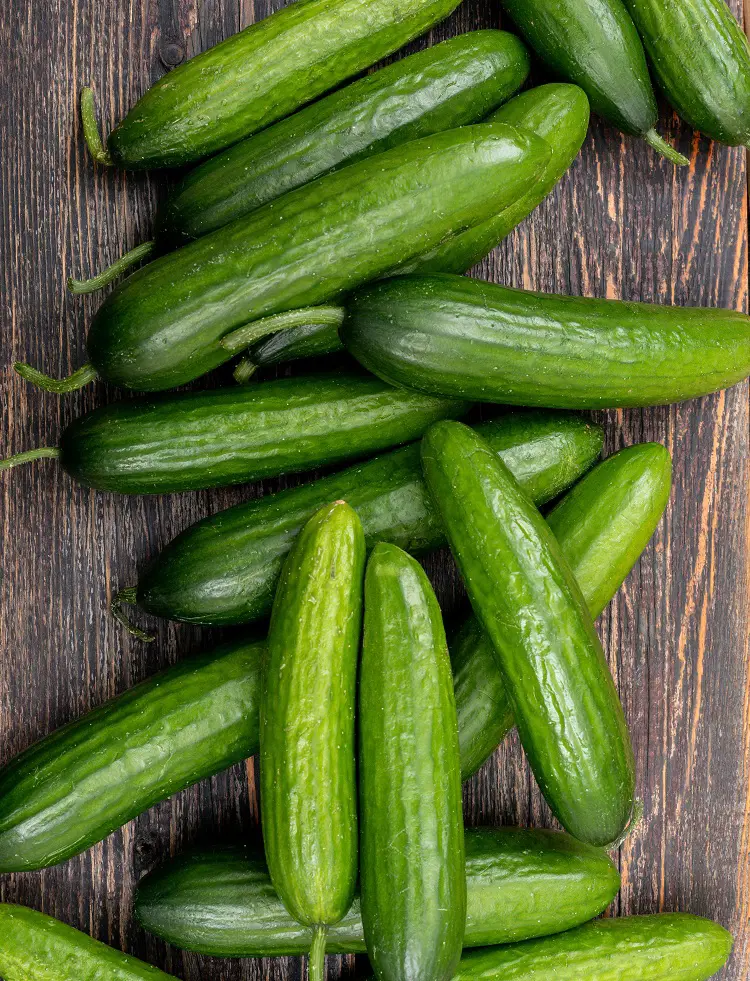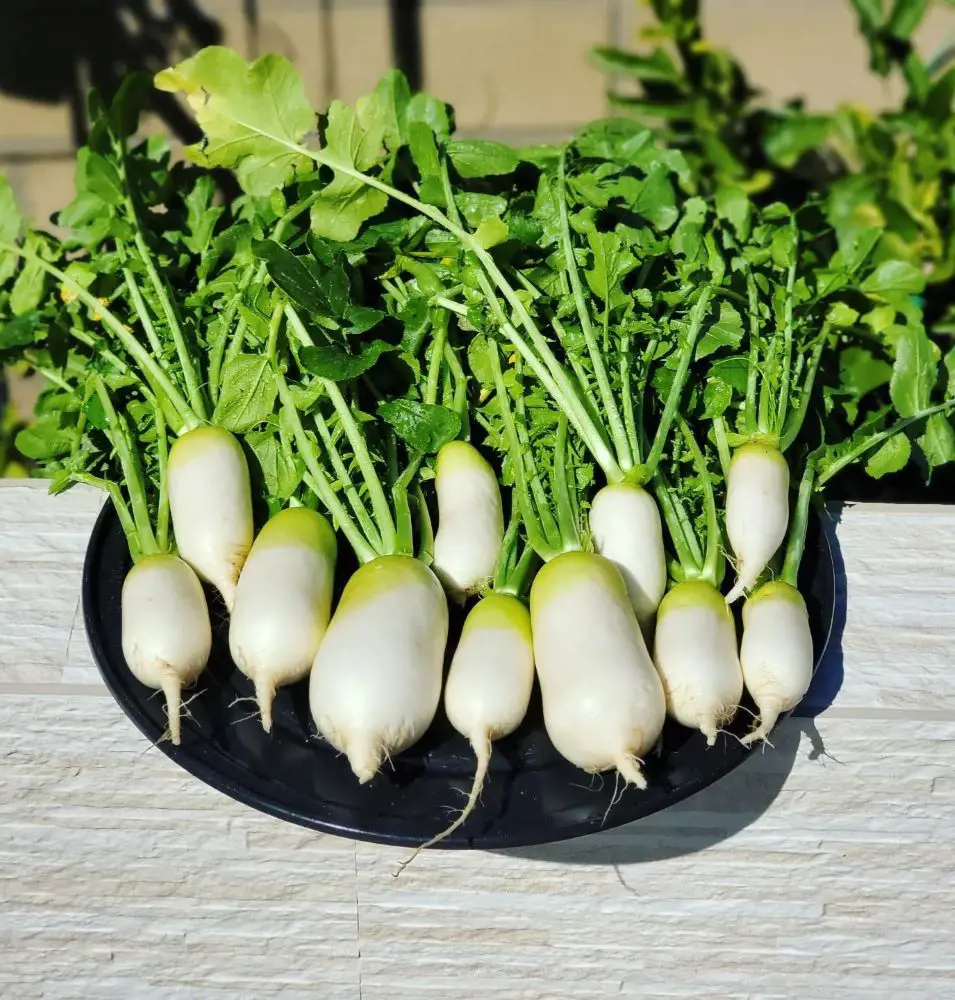10 Tips On How To Grow Beans In Your Garden
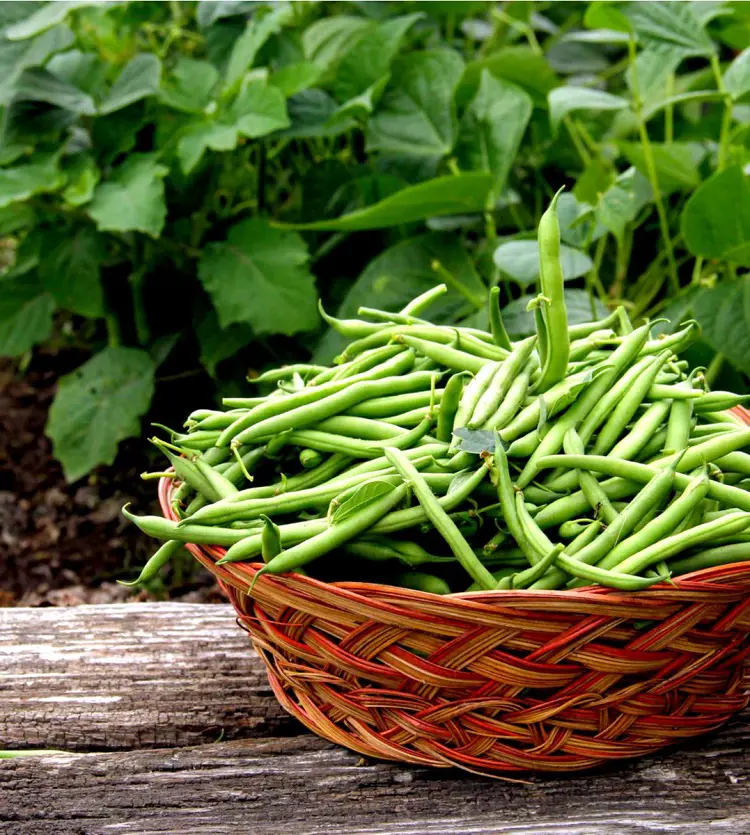
This post may contain affiliate links. If you make a purchase through links on our site, we may earn a commission.
A bean is a name we use for the seeds of certain plant families like Fabaceae. People have been planting beans for a very long time, and we use them for food for ourselves or our animals.
All kinds of green beans grow a lot, and you can even grow them in pots. If you want to grow beans, whether the climbing kind or the bushy kind, just follow this ten-simple guide.
1. Choose The Right Type
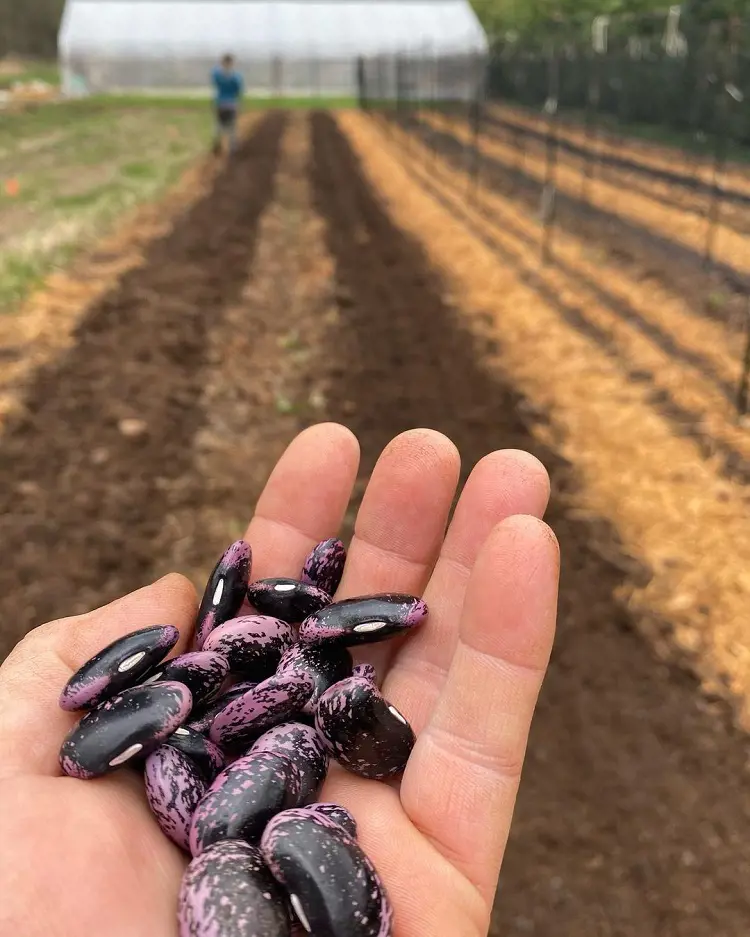
Selecting the right type of beans for your garden depends on factors like space, support, and harvest preferences. Bush beans, growing compactly without external support, are ideal for smaller gardens or raised beds. They mature quickly, making them suitable for those wanting a faster harvest.
On the other hand, pole beans, climbing and spiraling around vertical support like trellises, are excellent for vertical gardening, saving space and offering prolonged harvests. Consider your available space, support structures, and whether you prefer a quicker harvest (bush beans) or are willing to invest in support for an extended harvest (pole beans) when choosing the type of beans to grow in your garden.
2. Select A Sunny Location
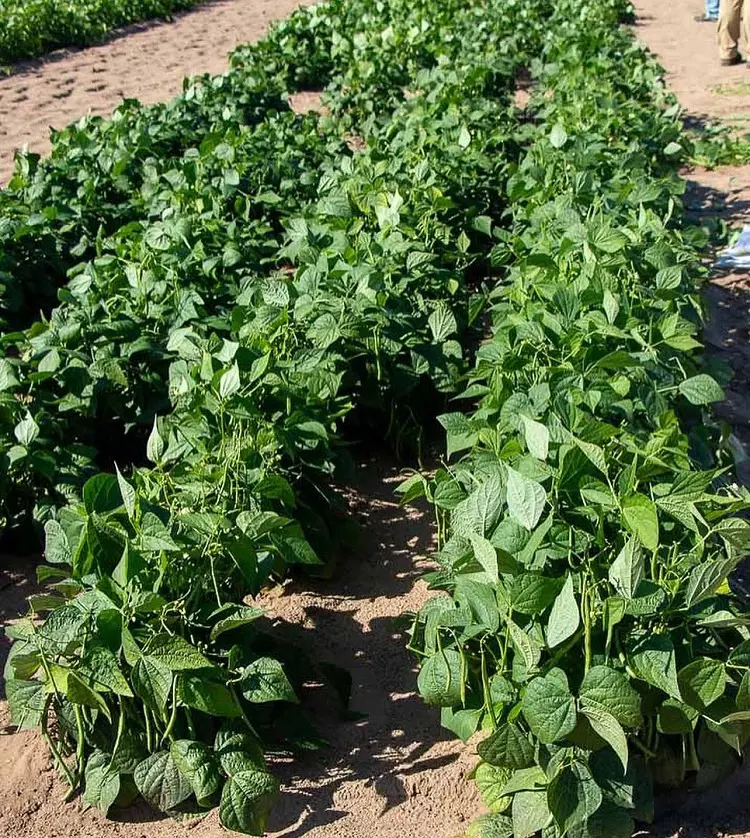
Selecting a sunny location for growing beans is fundamental to ensuring their optimal development and a fruitful harvest. Beans, being sun-loving plants, require a minimum of 6-8 hours of direct sunlight daily.
This, in turn, enhances the plant's ability to produce an abundance of flowers and, ultimately, pods. Insufficient sunlight can result in leggy, weak plants and diminished yields.
3. Ideal Planting Time
Determining the ideal planting time for beans in your garden involves considering both the local climate and the characteristics of the specific bean variety you're cultivating. Beans thrive in warm soil, so it's essential to wait until the last frost has passed and the soil temperature reaches at least 10°C.
Observing the local climate and consulting gardening resources for your region can help identify the average date of the last frost. Additionally, refer to the seed packet or specific bean variety guidelines, as different types may have varying temperature and timing preferences.
Generally, the recommended time for planting beans is around March or April, ensuring a favorable environment for germination, growth, and successful development of your bean plants.
4. Prepare Well-Drained Soil
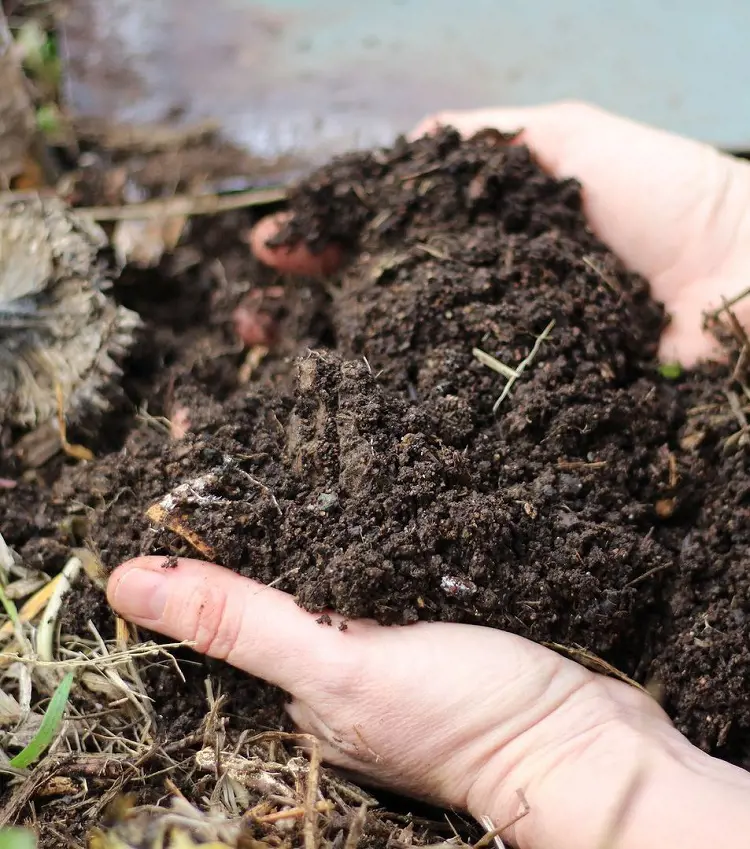
To prepare well-drained soil for growing beans in your garden, begin by choosing a sunny location with good air circulation. Beans thrive in soil with a slightly acidic to neutral pH (around 6.0 to 7.0). Enhance drainage by incorporating organic matter such as compost into the soil. Compost not only improves drainage but also adds essential nutrients to support bean growth.
Till the soil thoroughly to break up any compacted areas, allowing for better water infiltration. Beans are nitrogen-fixing plants, meaning they can enrich the soil, but adding compost or well-rotted manure can further enhance fertility.
5. Directly Sow The Seeds
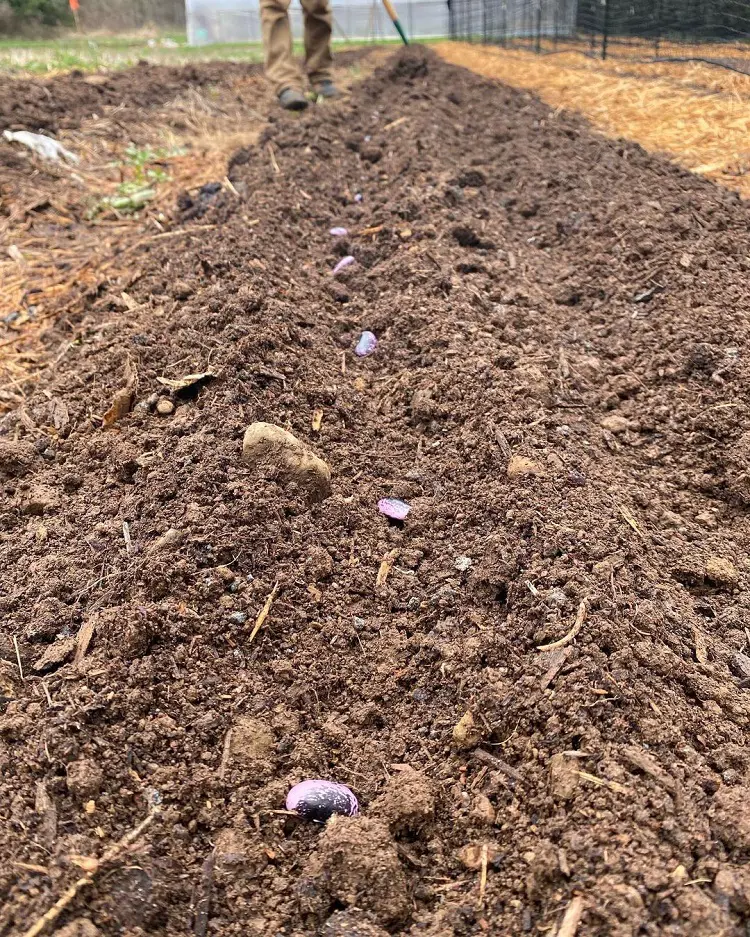
Yes, directly sowing bean seeds in your garden is the recommended method. Beans have delicate roots, and transplanting can damage them, so it's best to avoid starting them indoors. When the soil temperature is consistently above 50°F and the danger of frost has passed, sow the seeds directly into the prepared soil.
Dig 1-inch deep holes, place the seeds, and cover them with soil. Ensure the seeds are spaced according to the specific bean variety's recommendations, typically 9-12 inches apart. Water the seeds regularly for the first 3-4 days to aid germination. This direct sowing method allows beans to establish strong root systems and minimizes the risk of transplant shock, contributing to healthier plants and a successful bean harvest in your garden.
6. Install Trellis For Pole Beans

Installing a trellis for pole beans is crucial for their optimal growth. Pole beans are climbing plants that spiral around vertical support structures as they grow. A trellis provides the necessary support for the vines to climb, helping them maximize vertical space and preventing them from sprawling on the ground.
This vertical growth not only saves garden space but also facilitates easier harvesting and reduces the risk of diseases that may occur when plants come in contact with damp soil. Properly installed trellises should be positioned in the garden before sowing the pole bean seeds, ensuring stability and preventing potential damage to the plants as they mature and climb.
7. Proper Planting Technique
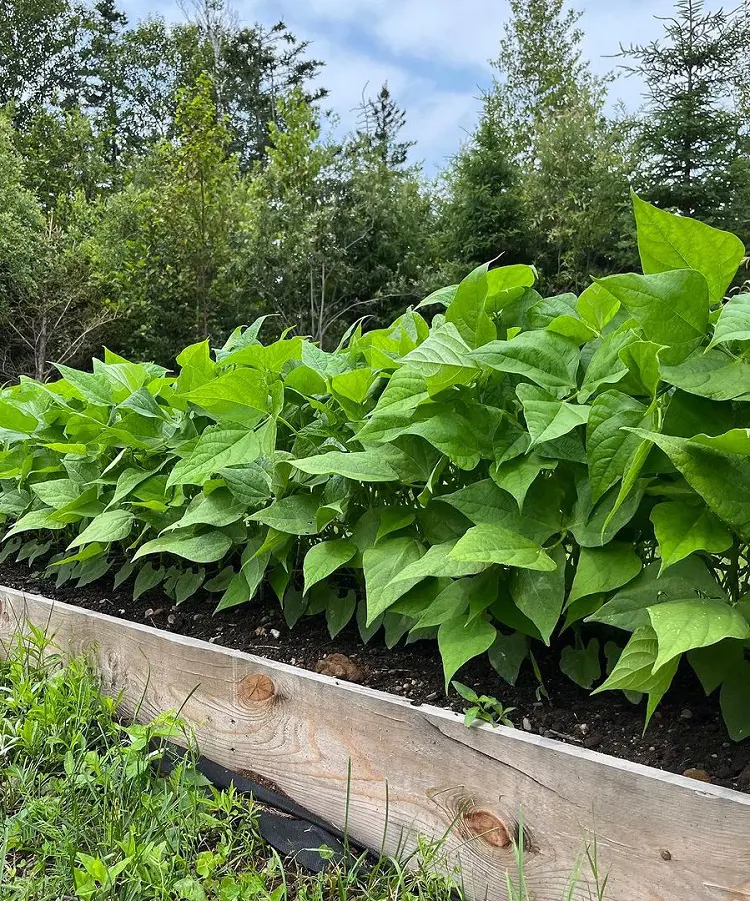
Yes, following a proper planting technique is essential for successful bean cultivation. Planting beans at the correct depth, typically about 1 inch deep, and spacing them appropriately (9-12 inches apart) ensures optimal germination and healthy plant development.
Adequate spacing allows for proper air circulation, reducing the risk of diseases. Watering the seeds regularly in the initial days aids germination, fostering strong root development. Implementing these planting techniques helps create favorable conditions for robust bean plants, resulting in vigorous growth, and efficient nutrient absorption.
8. Care And Maintenance
After sowing green bean seeds, caring for and maintaining the plants is crucial for a successful harvest. Once the seeds sprout, add a layer of organic mulch, like shredded leaves or plant material, around the plants. Mulch helps retain soil moisture, suppresses weeds, and moderates soil temperature.
Fertilize the beans with a balanced fertilizer rich in phosphorus and potassium, complementing their nitrogen-fixing abilities. Nitrogen aids in foliage growth, while phosphorus and potassium support flowering and fruit development. Be attentive to potential pests, such as aphids or bean beetles, and use appropriate measures like insecticidal soap if needed.
9. Monitor Growth And Harvest Timely
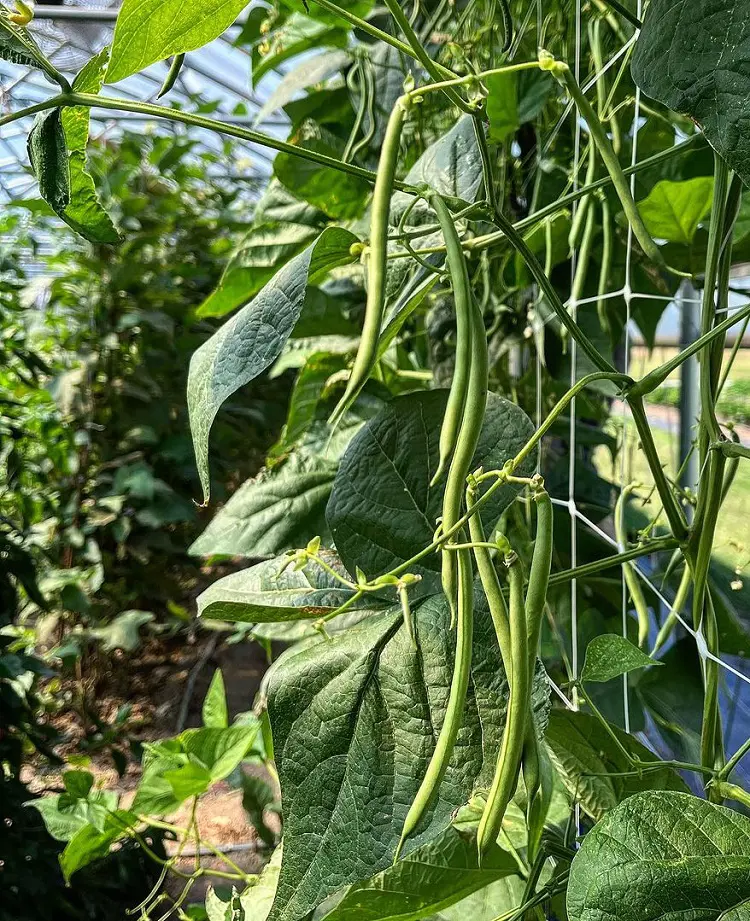
Monitoring the growth of beans is essential for ensuring their health and productivity. Regular observation allows you to identify and address potential issues such as pests, diseases, or nutrient deficiencies promptly. Watch for signs of stress, discoloration, or abnormal growth patterns.
Beans should be picked when the pods are full and well-formed, but before they become overly mature and fibrous. Harvesting at the correct stage encourages continuous pod production and prevents the plant from putting energy into maturing seeds, extending the overall harvest period.
10. Succession Planting For Continuous Harvest
Succession planting is a strategy to ensure a continuous harvest of green beans. Begin by sowing small batches of beans every 2-3 weeks throughout the growing season. This staggered planting schedule helps avoid a single large harvest, providing a more consistent and prolonged supply of fresh beans.
As the first set of plants matures and produces, the subsequent batches are still in the early growth stages. This approach maximizes space utilization and allows you to enjoy a steady harvest over an extended period. Additionally, it prevents overwhelming quantities of beans at once, reducing potential waste.
Recent posts
How To Grow
How To Grow
How To Grow Garlic
A bulbous member of the onion family, garlic is prized for both its potent flavor and a variety of therapeutic applications. Due to its relative ease of cultivation, it is a favorite among home gardeners and a pioneer in kitchens worldwide. Garlic ma...
How To Grow
How To Plant and Grow Orchids
Orchids are one of the prettiest and most interesting flowers out there, with over 30,000 types and 200,000 hybrids. They are one of the biggest families of plants and can grow indoors or outdoors. However, growing and taking care of orchids is not e...
How To Grow
How To Plant, Grow And Harvest Corn All By Yourself
Growing your popcorn or sweet corn at home garden can seem like an interesting idea. However, it requires a large amount of space to grow as it is a tall plant that needs plenty of room to spread out. But, if you want to enjoy freshly popped po...
How To Grow
How To Plant, Grow And Care Cucumbers
Growing cucumbers is like going on a fun journey where you get to plant and pick your very own crunchy veggies. It's not just about having tasty cucumbers, it's also about the joy of seeing your plants grow. Whether you have a big garden or a small b...
How To Grow
How To Plant, Grow And Care Radishes In Your Garden
Growing radishes in your garden is a fantastic way to enjoy crisp and peppery veggies that you've nurtured from seed to plate. It's a straightforward process that anyone can try, even if you're new to gardening. In the following 12 steps, we'll guide...
How To Grow
How to Plant, Grow And Care For Spinach?
Growing leafy greens in your backyard garden is both healthy and fun. Spinach can be the best leafy green to start with as it is relatively easy to grow from scratch and can be harvested in about a month from planting. It thrives in spring or fall in...
